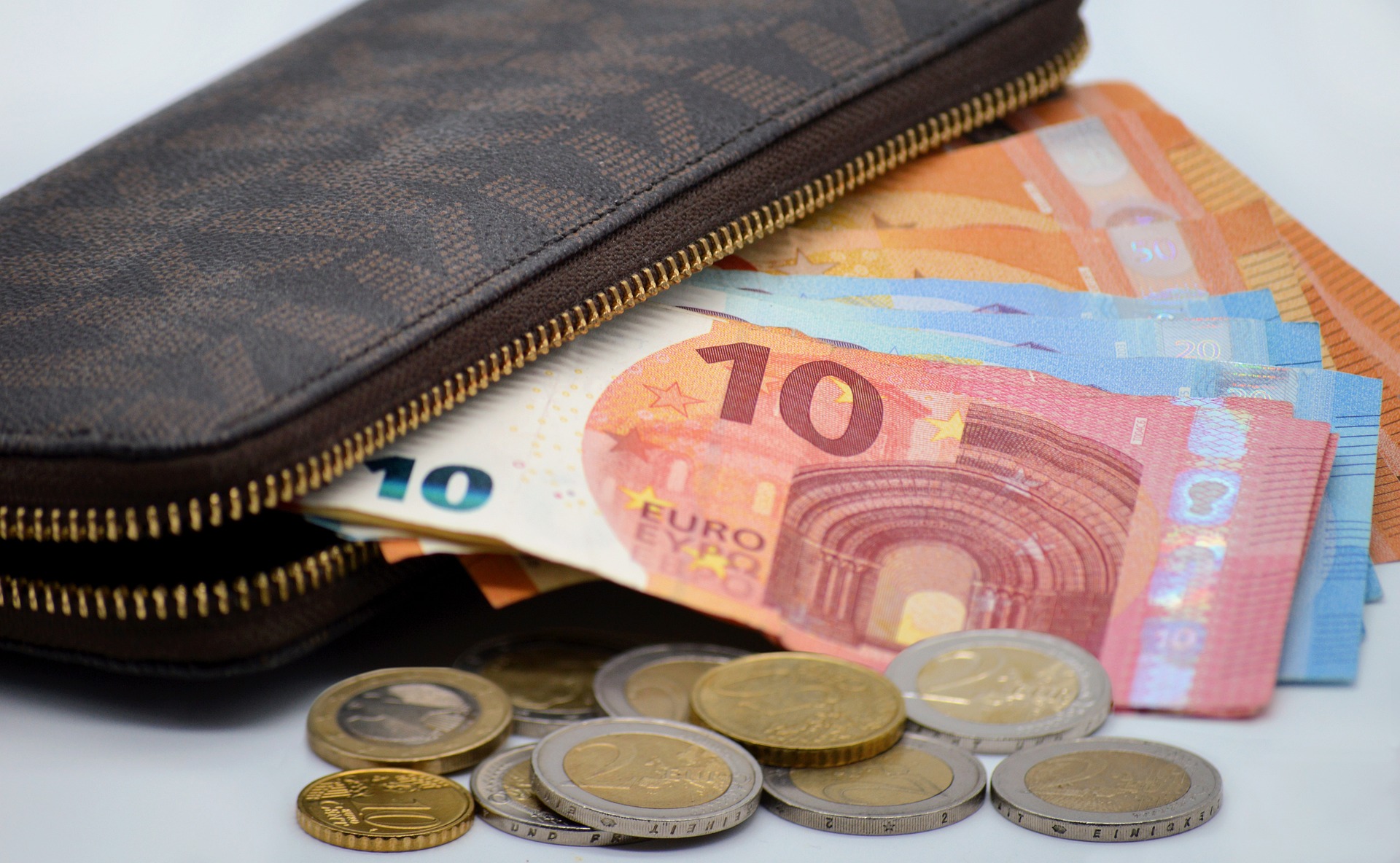The inflation rate in January reached a new record level in this crisis. Energy prices, in particular, are driving inflation to record highs.
According to Statistik Austria, the inflation rate for January 2023 rose to 11.2 percent, which was even higher than in December 2022 (10.2 percent). This also shattered the current crisis record from October (11 percent).
So while this country’s inflation crisis has worsened, the rest of Europe can take a breather. Year-on-year inflation in the eurozone was 9.2 percent in December and fell to 8.5 percent in January.
Austria thus experienced the sixth-highest inflation in the euro area in January, according to Eurostat estimates, after the three Baltic states of Latvia (21.6 percent), Estonia (18.8 percent) and Lithuania (18.4 percent), Slovakia (14.9 percent) and Croatia (12.5 percent).
“The jump in inflation from 10.2 percent in December 2022 to 11.2 percent in January 2023 can largely be attributed to a surge in household energy prices,” said Statistics Austria Director General Tobias Thomas. The key message of his monthly report: “Without spending on household energy, inflation would have been 9.2 percent.”
However, it could have been even worse, warns the expert: “Without the electricity price brake, which has been effective since December, the increase would have been even stronger, however.” According to its estimate, the measures for the containment of the net costs should presumably take effect starting from March.
However, there were also price increases for many other goods and services, such as food. The downward pressure on fuel prices at the end of the year did not ease further in January.
The increase in prices for housing, water, and energy (+19.3 percent on average) influenced the inflation rate by +3.66 percentage points and was thus significantly stronger than in December (+15.6 percent).
According to Statistik Austria, higher costs for household energy (+51.5 percent) were mainly responsible for this. Austrians’ gas costs almost doubled (98, and electricity became 13.7 percent more expensive. District heating prices also rose extremely, by +86.6 percent.
The electricity price break had a significant dampening effect (estimated at -1.0 percentage points). Still, the Lower Austrian rebate and the network cost subsidy for GIS-exempt households (together estimated at -0.2 percentage points) also cushioned some price increases.
In addition, grid costs also increased noticeably in January. The electricity grid loss charge increases are to be mitigated again as of March using a corresponding ordinance.
In the case of solid fuels, on the other hand, the price increase weakened compared with December but was still horrendous, +89.6%, as was the case for heating oil (+49.6%).
- source: heute.at/picture: Bild von Frauke Riether auf Pixabay
This post has already been read 1856 times!



